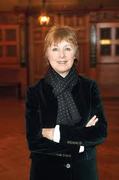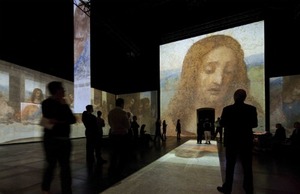There’s life after the Rose Art Museum at Brandeis: Michael Rush, the former head of the beleaguered museum at the beleaguered university, has landed a job as director of the Eli and Edythe Broad Art Museum at Michigan State University.
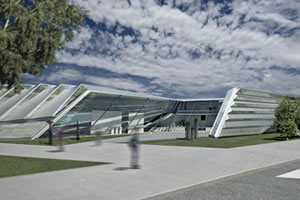 Makes sense — on several levels, including the snowy weather shared by Waltham, MA. and East Lansing, MI. (I couldn’t find exact statistics, but nearby Boston averages 43 in. of snow each winter and nearby Lansing gets 48 in,)
Makes sense — on several levels, including the snowy weather shared by Waltham, MA. and East Lansing, MI. (I couldn’t find exact statistics, but nearby Boston averages 43 in. of snow each winter and nearby Lansing gets 48 in,)
The MSU announcement came yesterday, and quotes MSU President Lou Anna K. Simon saying:
We have a prestigious donor, world-class architect Zaha Hadid, stunning architecture and have now found the essential missing piece – an innovative art museum director – in hiring Michael Rush. Michigan State University welcomes this award-winning curator and widely published author and critic. With his entrepreneurial spirit, Michael will direct the months leading to a vibrant opening of the Eli and Edythe Broad Art Museum in 2012 and the exciting years to come.
 For his part, Rush said:
For his part, Rush said:
This is for me an extraordinary opportunity; moreover, this new museum is a great moment in philanthropy, education and international contemporary art.
You can read more of the press release here.
The Broads have given nearly $30 million for the museum, which is under construction; there’s much more information, including a live webcam of the site, here.
Meantime, if memory serves, Brandeis now says it will fill the post Rush vacated in 2009.
Photo Credits: Courtesy of MSU

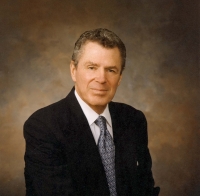 Deciding what to say here about Peter was not as easy as I thought. Certainly, he was one of the warmest, nicest museum directors I’ve ever known. His accomplishments at MFAH are legend, but best left for a Houstonian, who would know more details, to say.
Deciding what to say here about Peter was not as easy as I thought. Certainly, he was one of the warmest, nicest museum directors I’ve ever known. His accomplishments at MFAH are legend, but best left for a Houstonian, who would know more details, to say.  The exhibit, which opened Dec. 5, is keyed to the Super Bowl, which will take place in February at the Cowboys Stadium — a first for Dallas, and thus a big deal. Lucky for the museum — others have tried outreach to sports fans by pandering — the $1.2 billion
The exhibit, which opened Dec. 5, is keyed to the Super Bowl, which will take place in February at the Cowboys Stadium — a first for Dallas, and thus a big deal. Lucky for the museum — others have tried outreach to sports fans by pandering — the $1.2 billion 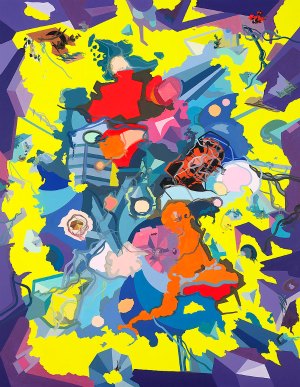 There’s more: According to
There’s more: According to 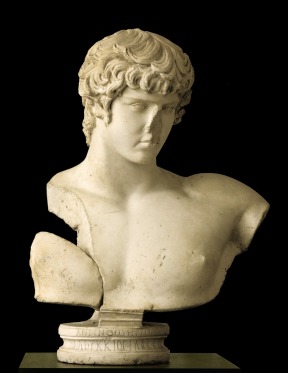 The portrait bust, “of the Deified Antinous, Roman Imperial, Reign of Hadrian,” came from the estate of Clarence Day, who was known to have a fine antiquities collection. Still, the entire sale was estimated at $5.7- to $8.6 million before the auction, and it fetched nearly $36.8 million.
The portrait bust, “of the Deified Antinous, Roman Imperial, Reign of Hadrian,” came from the estate of Clarence Day, who was known to have a fine antiquities collection. Still, the entire sale was estimated at $5.7- to $8.6 million before the auction, and it fetched nearly $36.8 million. 